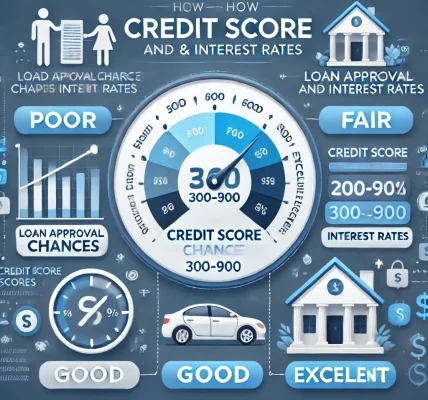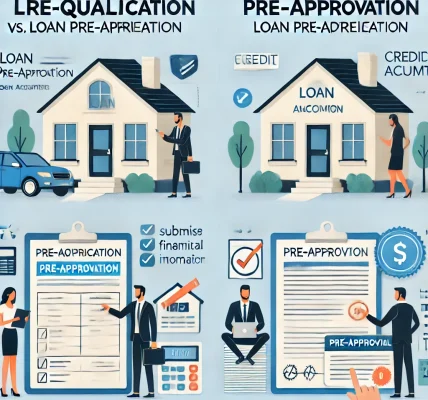A loan agreement is a legally binding document that outlines the terms and conditions of a loan. Understanding these terms is crucial for borrowers to ensure they do not face unexpected financial burdens. This guide will help you navigate through loan agreements, interpret key terms, and make informed borrowing decisions.
Why Understanding Loan Terms is Important?
Loan agreements are designed to protect both lenders and borrowers. However, they often contain complex legal language that can be confusing. Misunderstanding these terms can lead to financial hardship, legal issues, or unnecessary fees. By carefully reviewing the agreement, borrowers can:
- Avoid hidden fees and penalties
- Understand their rights and obligations
- Prevent financial stress due to missed payments
- Make informed comparisons between different lenders
Key Sections of a Loan Agreement
Loan agreements typically contain multiple sections that detail the responsibilities of both the borrower and lender. Below are the most important components to focus on:
1. Loan Amount and Disbursement
- Specifies the amount being borrowed and how it will be disbursed
- May include conditions on how the funds can be used
2. Interest Rate and APR
- Interest Rate: The percentage charged by the lender for borrowing the money
- Annual Percentage Rate (APR): Includes the interest rate plus any additional fees, providing a clearer picture of the loan cost
3. Repayment Terms
- Specifies the repayment schedule (monthly, quarterly, etc.)
- Lists the total number of payments required
- Includes details about early payment options and possible prepayment penalties
4. Fees and Charges
- Origination fees
- Late payment penalties
- Prepayment penalties (if applicable)
- Processing fees
5. Collateral and Security (for Secured Loans)
- If the loan is secured, this section details the asset being used as collateral
- Specifies conditions under which the lender can seize the collateral if the borrower defaults
6. Default and Consequences
- Defines what constitutes a default (e.g., missed payments, breach of terms)
- Outlines penalties for defaulting, such as additional fees or legal action
7. Loan Renewal or Refinancing Options
- Details whether the loan can be refinanced or extended
- May include new interest rates or additional terms for renewal
8. Governing Law and Jurisdiction
- Specifies which state or country’s laws will govern the agreement
- Determines where disputes must be settled in case of a legal conflict
How to Effectively Read a Loan Agreement
Step 1: Read Every Section Carefully
Do not skim through the document. Pay close attention to financial obligations, penalties, and restrictions.
Step 2: Identify Key Loan Terms
Look for terms such as:
- Fixed vs. Variable Interest Rates: Fixed rates remain the same throughout the loan term, while variable rates fluctuate.
- Balloon Payments: Large final payments at the end of a loan term.
- Grace Period: The timeframe before a payment is considered late.
Step 3: Check for Hidden Fees
Lenders may charge processing fees, late penalties, or additional costs not prominently mentioned. Ask the lender to clarify all possible charges before signing.
Step 4: Understand Default Consequences
Know what happens if you miss a payment. Some agreements allow lenders to increase interest rates or take legal action immediately.
Step 5: Seek Clarification on Unclear Terms
If any term is confusing, ask the lender for an explanation. Consulting a financial advisor or legal expert may also be beneficial.
Step 6: Compare with Other Loan Offers
Before committing, compare agreements from multiple lenders to find the most favorable terms.
Common Mistakes to Avoid
- Ignoring the Fine Print: Important details are often hidden in small text.
- Overlooking Fees: Always check for origination, processing, and penalty fees.
- Not Asking Questions: If something is unclear, seek clarification before signing.
- Assuming Terms Cannot Change: Some loans have variable terms that may change under specific conditions.
Conclusion
Understanding your loan agreement is crucial to making informed financial decisions. Carefully reviewing the terms, identifying potential risks, and clarifying doubts can help borrowers avoid financial pitfalls. Always take your time before signing a loan agreement, and if necessary, consult a legal or financial expert to ensure you fully comprehend your obligations.




